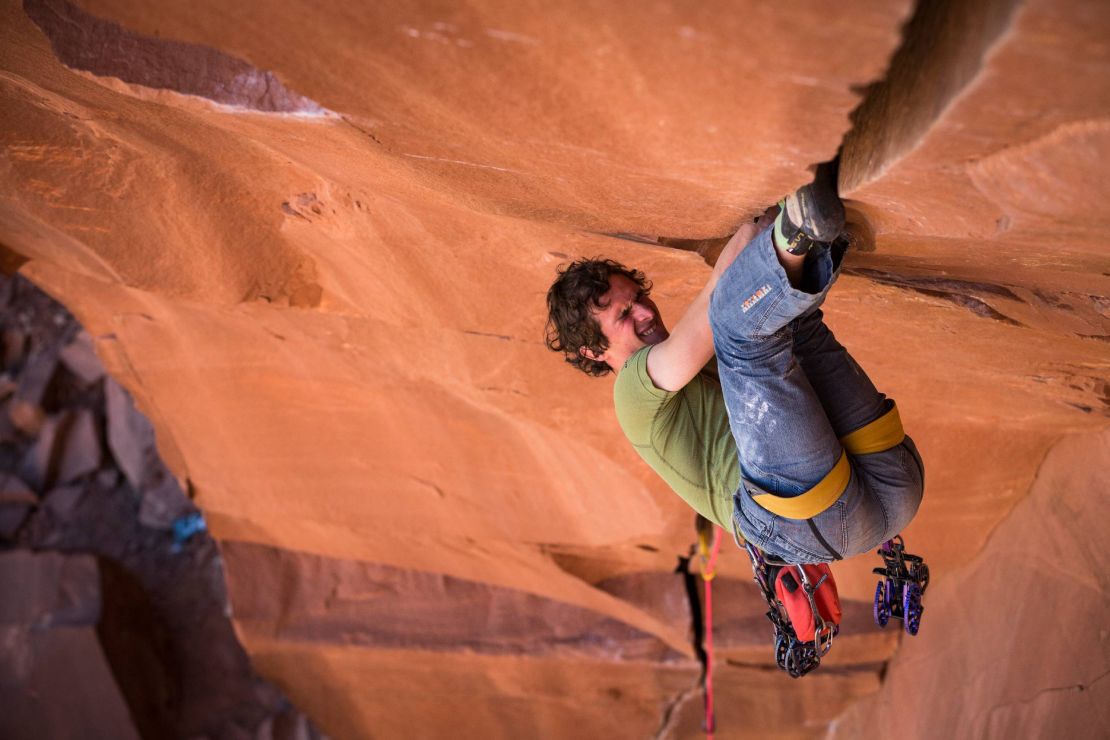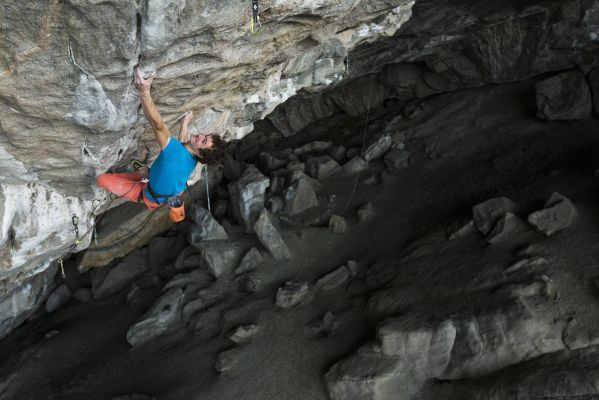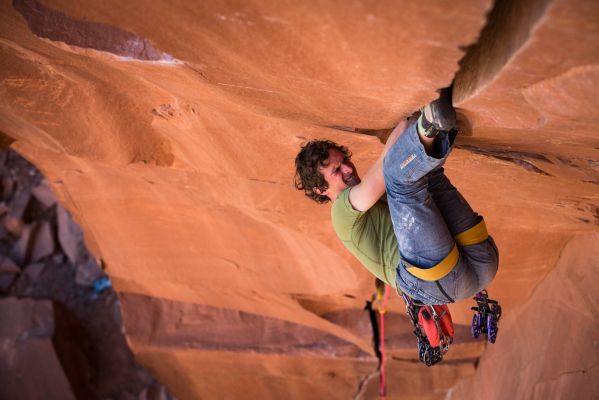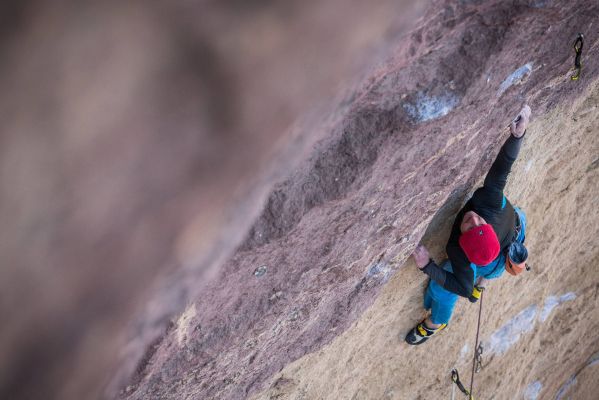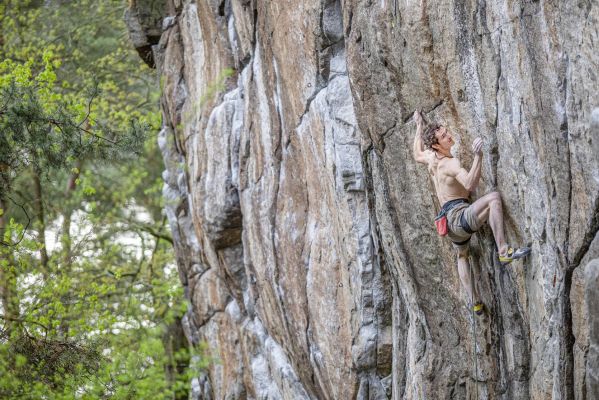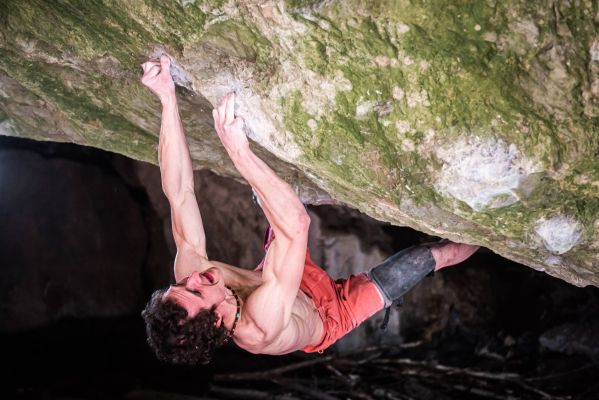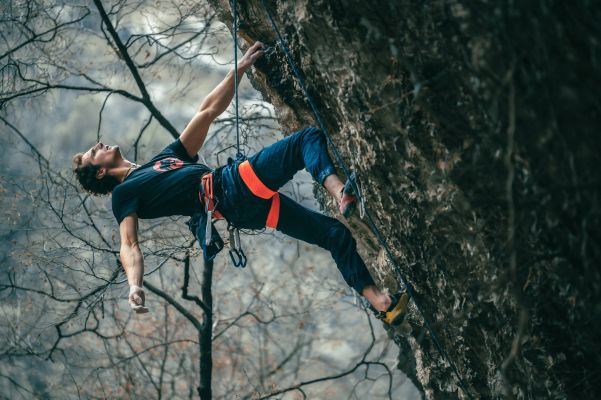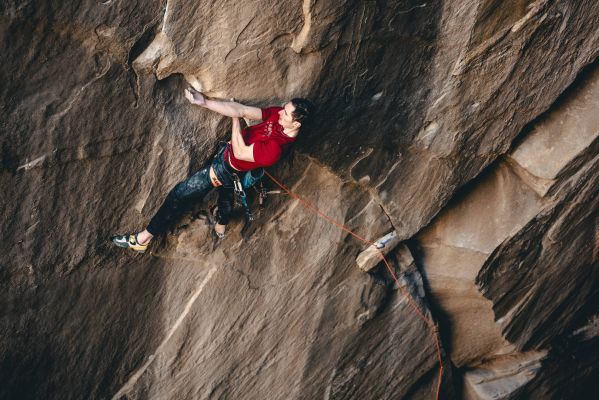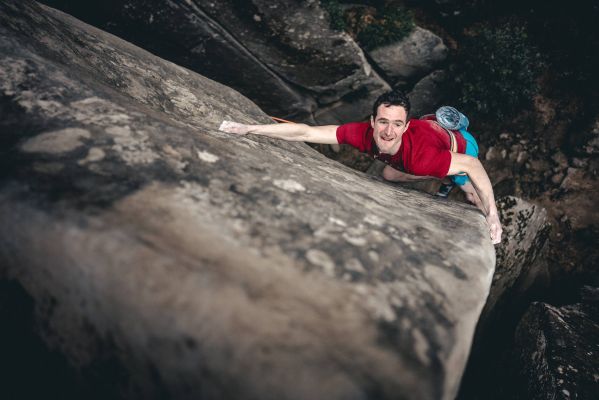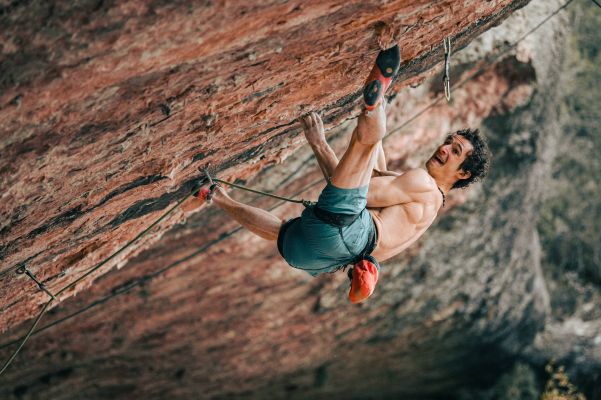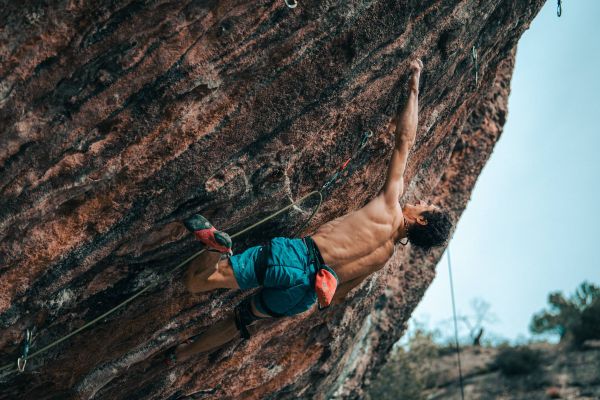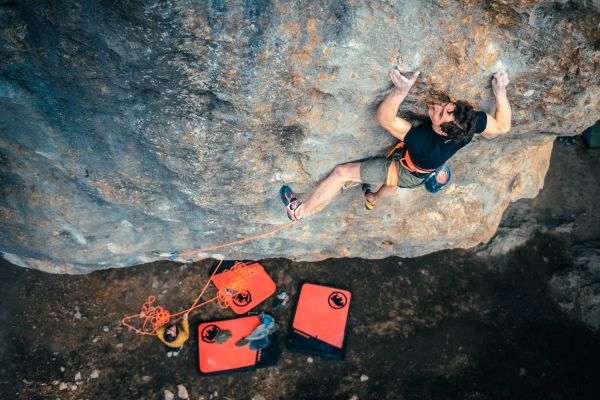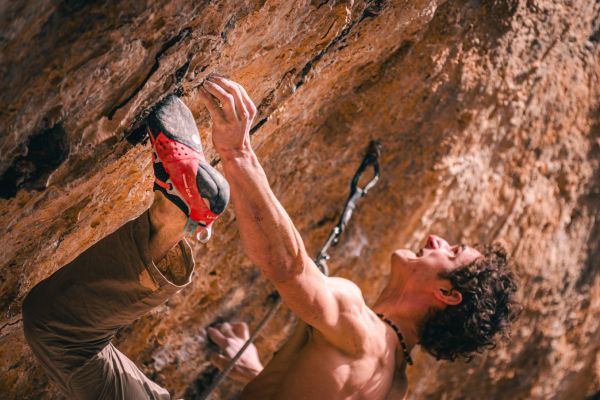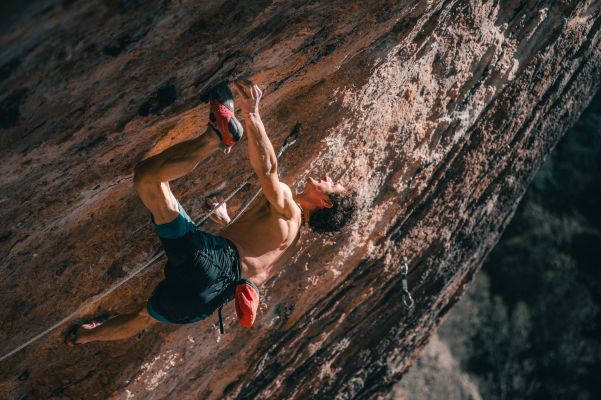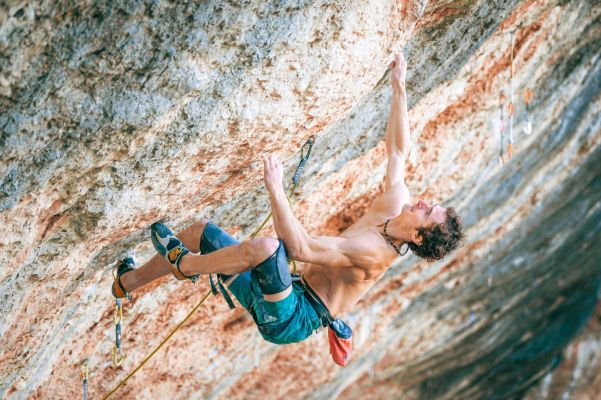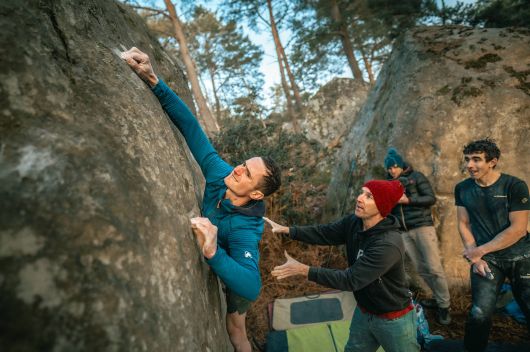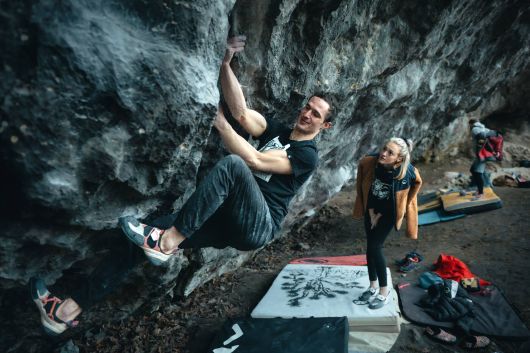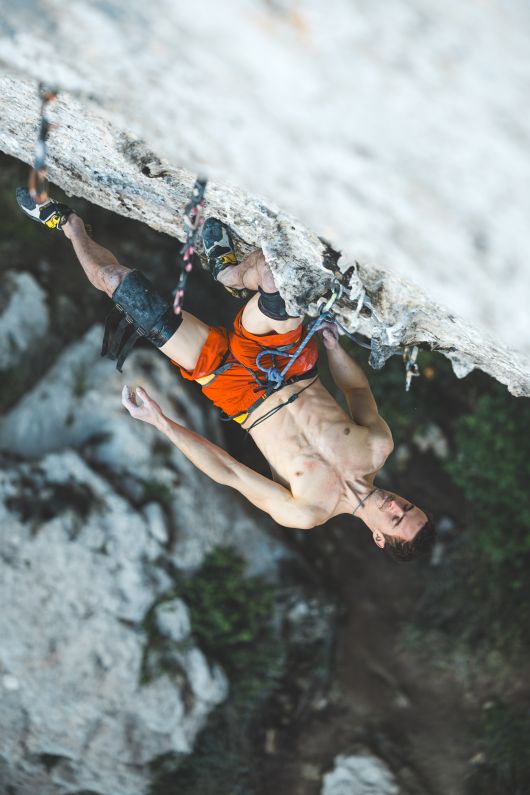My reaction to great Lattice Training's video with me
Created by: Adam Ondra2024/11/06
What a great video from Lattice! It is definitely worth a watch! I was thinking that I might add a few things that I noticed.
Relaxing and purposeful breathing
The first two things that are discussed in the video are relaxing and purposeful breathing. I really like to think about these two things as one - as long as I am breathing right, I am relaxed. And hard climbing (even bouldering) is often about doing hard almost-limit moves while being relaxed, so you have extra energy for the actual-limit moves. Intentional deep breathing is a trick that gives your body the signal to relax. On the other hand, it is risky and it is easy to underestimate the difficulty of the move and fall off because you just simply don't try hard enough.
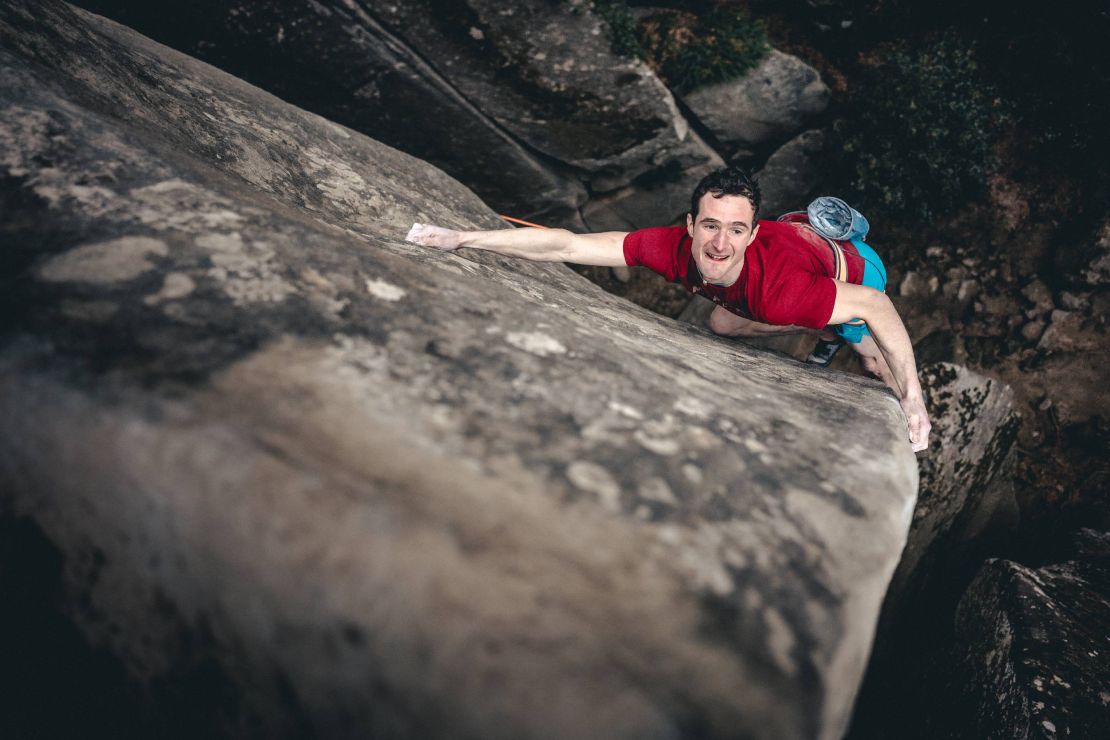
Pacing
Pacing is technique number 3 mentioned in the video, and I would like to emphasize that the most efficient pace is very individual and comes down to your strengths and weaknesses. The fact that I climb fast doesn't mean it is great for you, especially if you have slow-twitch fibers. But I definitely recommend experimenting a lot with pacing. Sometimes, it feels better to climb slower, focusing on relaxation as much as possible; sometimes, climbing fast and using more power is better. Climbing fast and relaxed requires years of practice and it is still easy to slip.
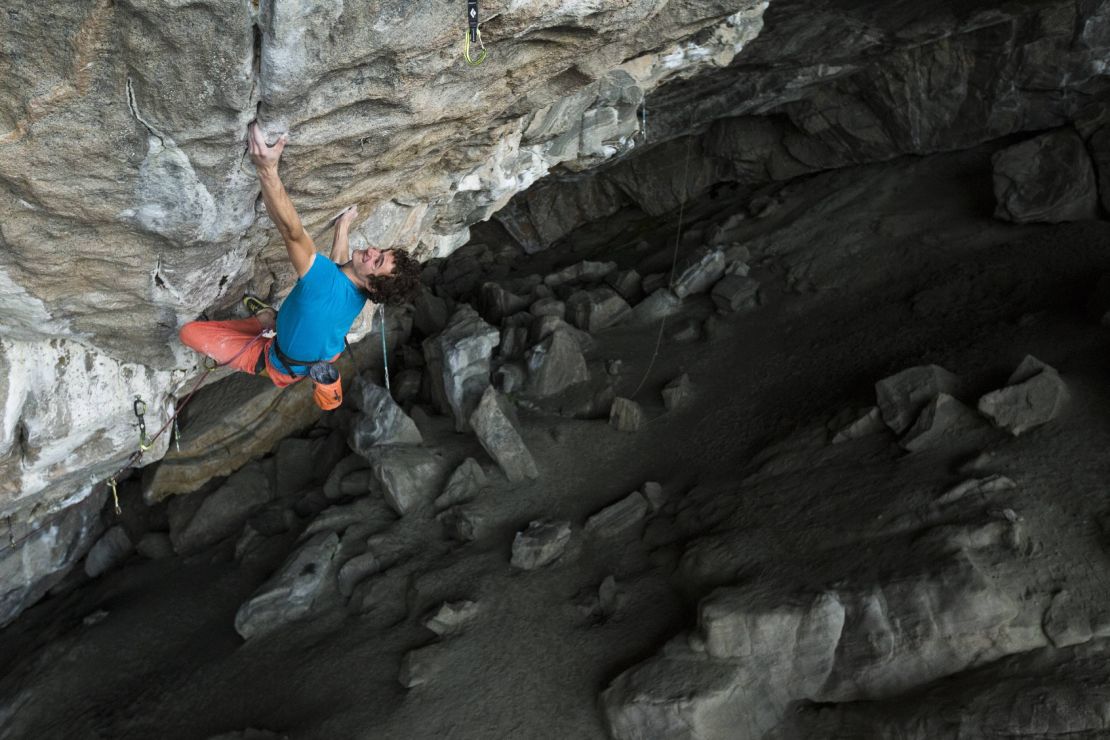
Flexibility
Flexibility is the biggest part off the video. That is a very good point about drop-knees in almost a full split position, which is very important for limestone sport climbs. Some people might also be blocked by a non-flexible spine (especially rotation in the lower back) from being able to perform this position. Spine rotation is also important for upside-down kneebar rests if you want to fully relax. My flexible ankles are not viewed by me necessarily as my strength; it is just something that I have to accept. There are some advantages of this mentioned in the video, but it also means that the comfortable, non-exhausting angle of my ankle is very low. Small edges require standing with much higher ankles, which can get very tiring on long vertical pitches.
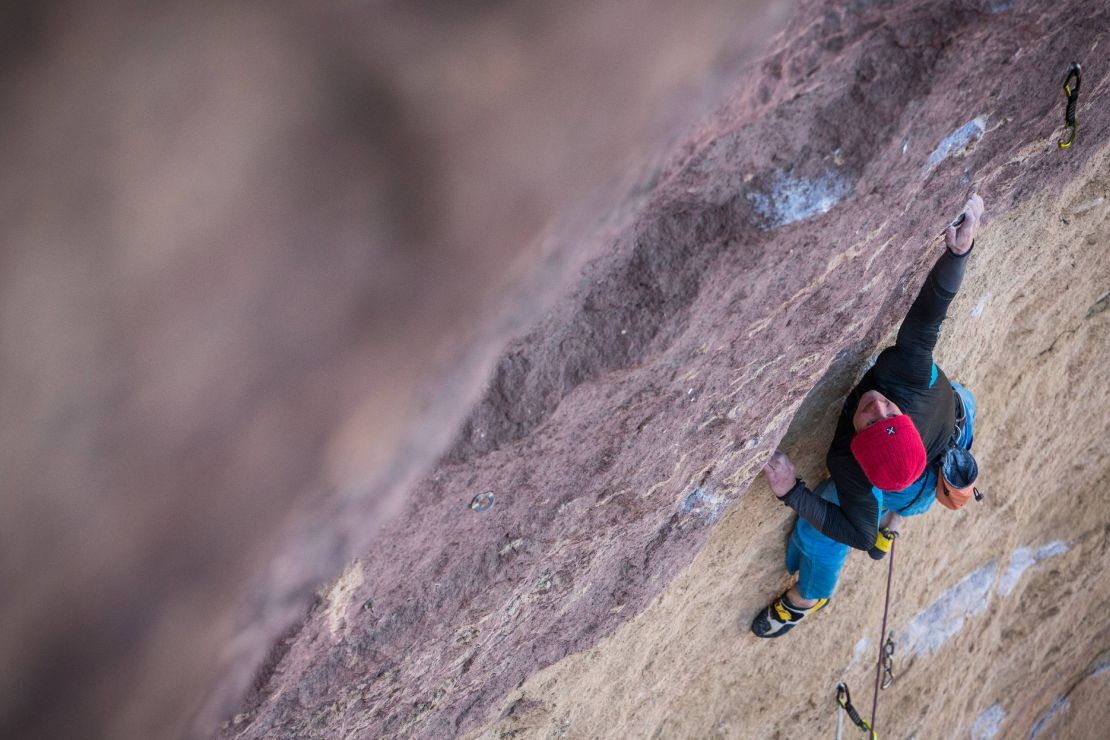
I also notice that I just place my ankles very low when I want to relax, as it is an automatic response of my body to the signal "be relaxed". But then, the danger of slipping is even greater, especially when combined with an attempt to climb in a relaxed manner, which is a very difficult technique. Also, bear in mind that I don't always put the most possible pressure onto the footholds. That is what I do in the cruxes, but to climb efficiently in the easier parts, I just place a little bit of pressure and rely more on the friction. When I put more pressure, my whole body would be a bit more tense.
Photos by Petr Chodura, Pavel Blažek, Martin Pelikán and Bernardo Giménez.
